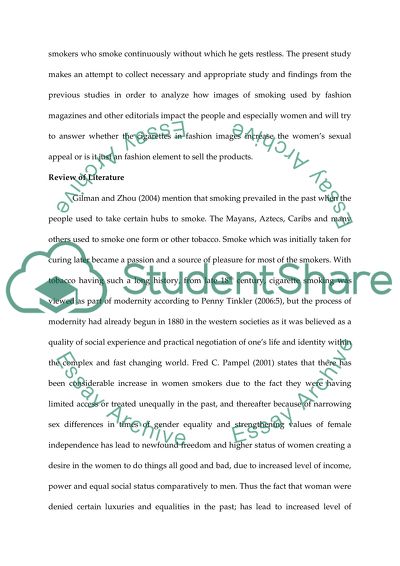Cite this document
(“Cigarettes in Fashion Essay Example | Topics and Well Written Essays - 2500 words”, n.d.)
Cigarettes in Fashion Essay Example | Topics and Well Written Essays - 2500 words. Retrieved from https://studentshare.org/visual-arts-film-studies/1503987-cigarettes-in-fashion
Cigarettes in Fashion Essay Example | Topics and Well Written Essays - 2500 words. Retrieved from https://studentshare.org/visual-arts-film-studies/1503987-cigarettes-in-fashion
(Cigarettes in Fashion Essay Example | Topics and Well Written Essays - 2500 Words)
Cigarettes in Fashion Essay Example | Topics and Well Written Essays - 2500 Words. https://studentshare.org/visual-arts-film-studies/1503987-cigarettes-in-fashion.
Cigarettes in Fashion Essay Example | Topics and Well Written Essays - 2500 Words. https://studentshare.org/visual-arts-film-studies/1503987-cigarettes-in-fashion.
“Cigarettes in Fashion Essay Example | Topics and Well Written Essays - 2500 Words”, n.d. https://studentshare.org/visual-arts-film-studies/1503987-cigarettes-in-fashion.


